Caterham has unveiled an all-electric version of its famed Seven sports car. Called the EV Seven, Caterham says in one breath that it ‘has no plans to put EV Seven into production as this stage’ while in the next saying it is working on another all-electric sports car concept which we will be seeing later this year.
Do you think a tiny company like Caterham would go to such lengths with no intention of putting an EV on sale? We neither.
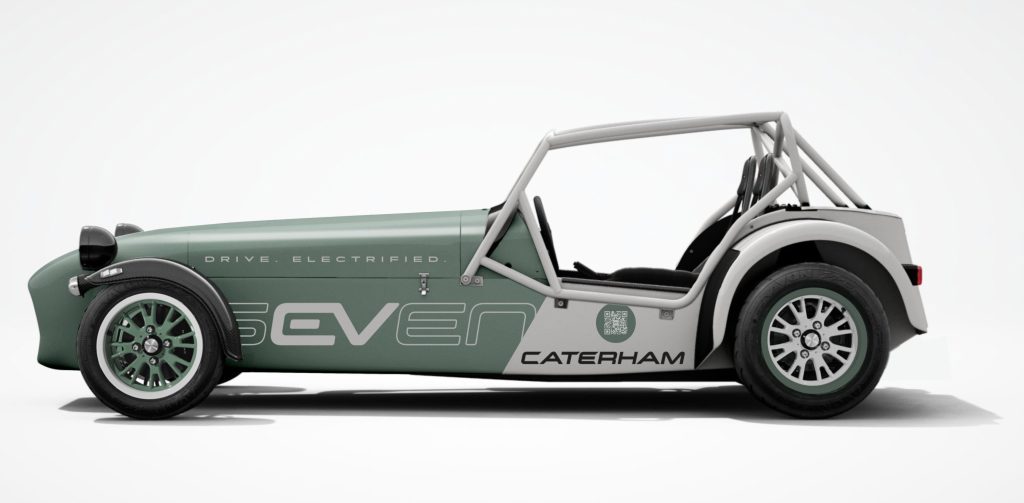
The EV Seven uses the larger ‘SV’ version of the Seven architecture into which a 51kWh battery has been squeezed. Driving the rear wheels as expected, the e-motor develops 240bhp to provide a 0-60mph time of around 4sec, which is all very impressive. More impressive still is that it charges at 152kW, meaning 15 minutes on charge should provide 20 minutes of flat-out track time – if there’s a fast charger in the paddock.
But most impressive of all is the fact that the car weighs less than 70kg more than the SV version of the Caterham Seven 485 (available in Europe and Japan) and comes in at under 700kg all told. A lot for a Caterham for sure, but still no more than an original Lotus Elise weighed in 1996. For now Caterham provides no information concerning range when the car is not being driven on track.
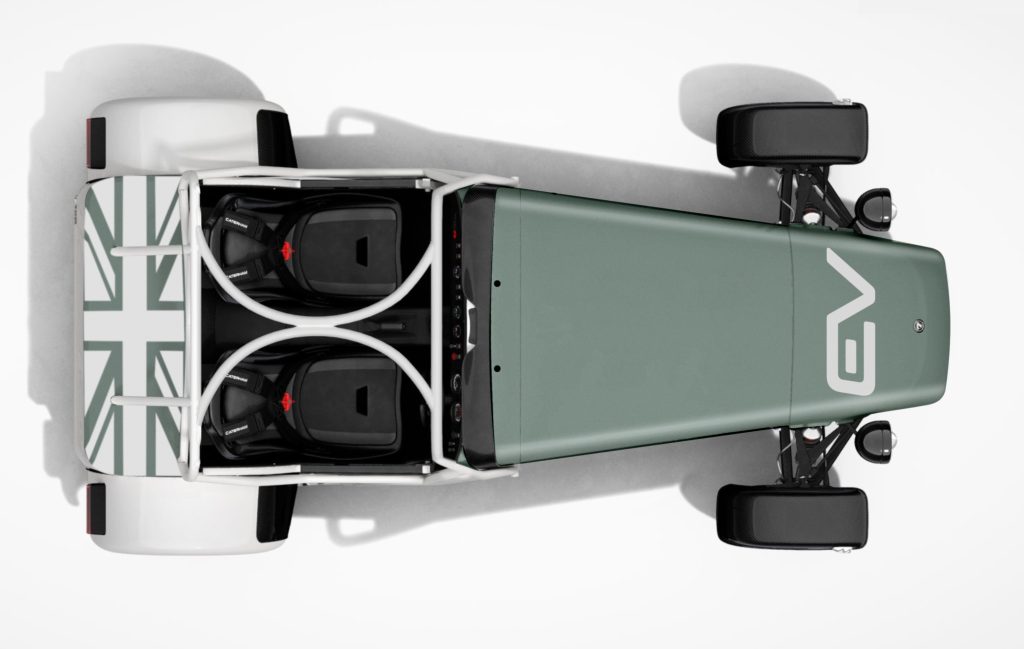
To keep that weight and performance in check a limited-slip differential is standard as are the Bilstein shock absorbers from the 420 Cup road racer. Interestingly, the car has been developed with the help of Swindon Powertrain whose off-the-peg ‘E Axle’ electric motor has been given a bespoke development for Caterham. This is the same company that developed the engine for the lunatic Caterham JPE some 30 years ago.
And talking of anniversaries, is it no coincidence that all this activity comes half a century on from a man called Graham Nearn buying the rights to the already ageing Lotus Seven from Colin Chapman in a north London pub in 1973. The Seven had no part in Chapman’s plan to drive Lotus upmarket, but Nearn thought it had potential. Caterham Cars went from Lotus dealer to car manufacturer and the rest is history.
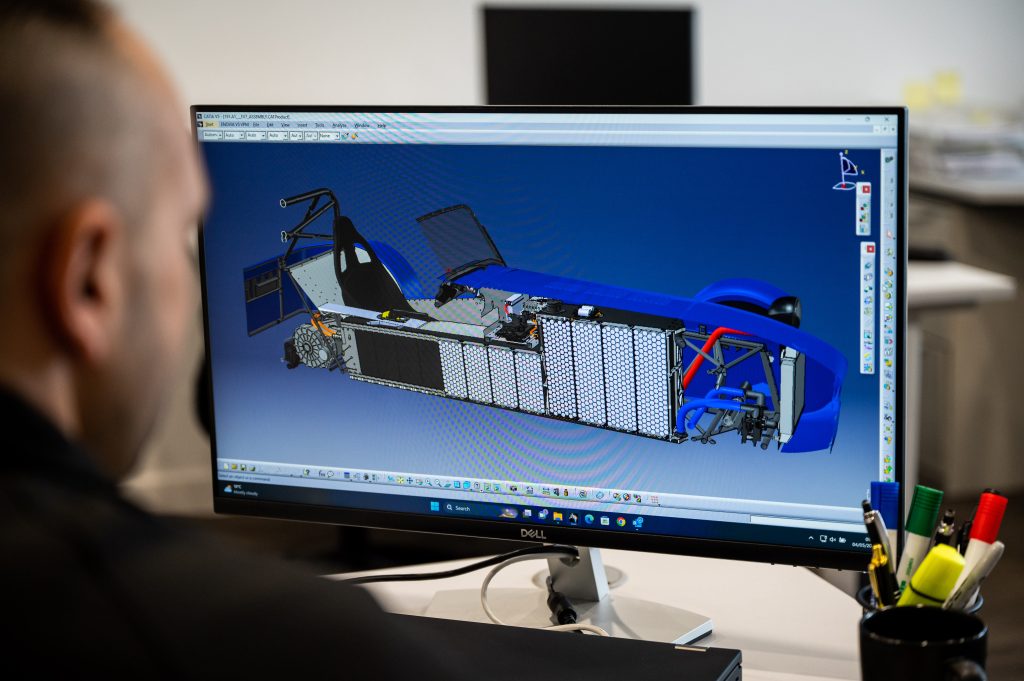
We will of course have to wait to see what an EV Caterham will be like to drive, but with no gears to change or engine to hear it will likely be a very different experience. But an EV might still be a very interesting addition to the portfolio, a car likely to have much of the charm of a restomod ‘classic’ EV, at a fraction of the price and likely with better dynamics too. More importantly, range is a far less important consideration for a recreational car like this and its small, fast charging battery will likely minimise down time at the side of the road. I think so long as it will do a genuine 120 miles when driven gently I expect that will be enough. The biggest bar to this is likely to be the Seven’s house brick aerodynamics, which may well explain the purpose of the second electric concept alluded to in Caterham’s release about the EV Seven.
Of course not all experimental Sevens make it into production. About 30 years ago when I was the road test editor of Autocar I got a call from Caterham’s engineering director Jez Coates. ‘Andrew, I’ve got a new car I’d like you to drive. No, you can’t write about it but it is very interesting, you’ll definitely want to drive it and I’d appreciate your opinion about it.’ But he wouldn’t tell me what was different about it.
Appetite duly whetted, I asked Jez to come to the office at his earliest convenience. Which he duly did, in a Seven which looked much the same as any other. But it wasn’t. I was scarcely out of the car park before realising that while it had the same red top Vauxhall motor commonly used in Sevens of the era, this one had come from a Calibra complete its turbocharger attached. I seem to recall it was mildly tuned, so that it gave something like 220bhp. So more than twice the power of the standard Rover K-series-powered Seven of the era.
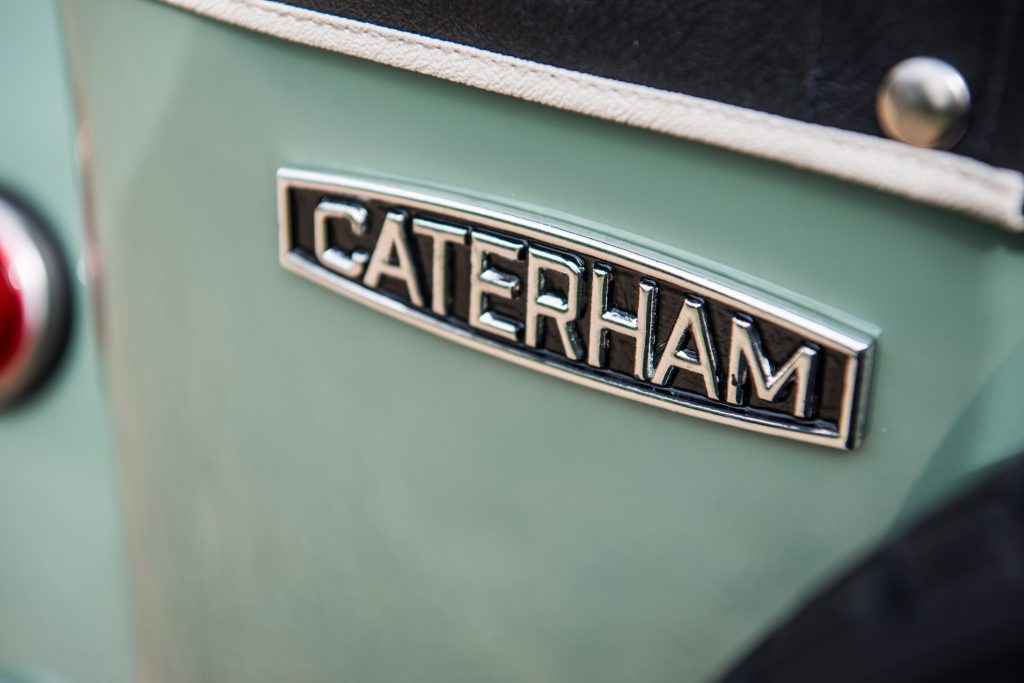
It was, of course, stupidly fast. That much power in a car that light 30 years ago was absolutely befuddling. It made every Ferrari then in production look hopelessly slow. I should have been blown away by it. But I wasn’t. I didn’t much like that it was so much quieter than a naturally aspirated Seven, and while I was used to Vauxhall Caterhams snorting through twin 45mm Webers, the sound quality of the turbo injected engine left a lot to be desired too. I didn’t like the way the torque all turned up at not much more than 2000rpm and then stayed right around the rev range. There was no crescendo, no sense of it building, even less a sense of occasion. But what did it for me was the lag, the tiny pause between foot issuing instruction and engine reacting thereto. For all its monster pace, it made the car feel sluggish, unresponsive, almost inept.
Once my opinions were set I turned for home wondering what on earth I might say to Jez whose baby this clearly was. How do you tell someone that something over which they may have sweated for weeks or months is, well, not quite up to snuff. Even then I’d known Jez a while, had nothing but respect for his engineering ability and the Sevens that had been produced on his watch, but this was a step along what I thought was the wrong path for a brand like Caterham. I certainly wasn’t going to lie to spare his feelings, so I decided to give it to him straight, but as kindly as I could.
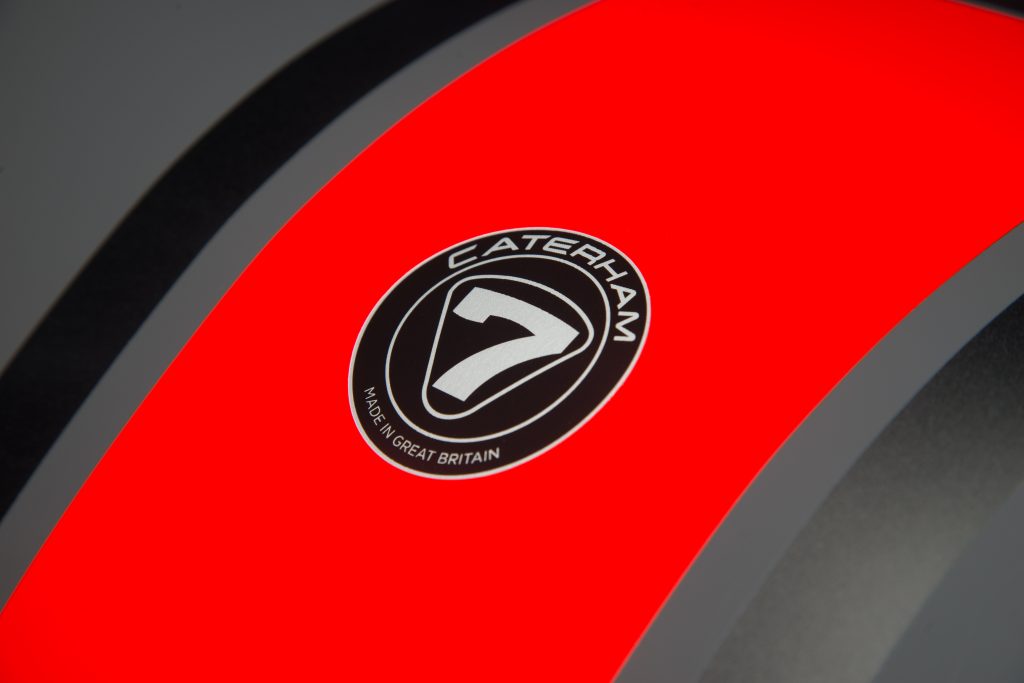
He was waiting for me when I got back to the office. My recollection of the conversation that followed goes something like this.
‘So, what did you think?’ he asks, twinkle in his eye.
‘Well Jez,’ I reply, ‘it’s a very interesting car certainly. Er, um, extremely fast as well. Amazing how the chassis copes with all that power.’
‘And?’
‘Well, it’s just that it doesn’t feel like I expect a Caterham to feel. I think perhaps a bit too much of what makes a Seven a Seven has been given up just to make a faster car. I’m not sure it’s a direction you should be taking. Sorry.’
‘Yes, I thought you might say that,’ he replies. ‘Feel much the same way myself. Thanks for your time.’
And with that he hopped back in the Caterham Turbo and disappeared up the road. It was never seen again.





